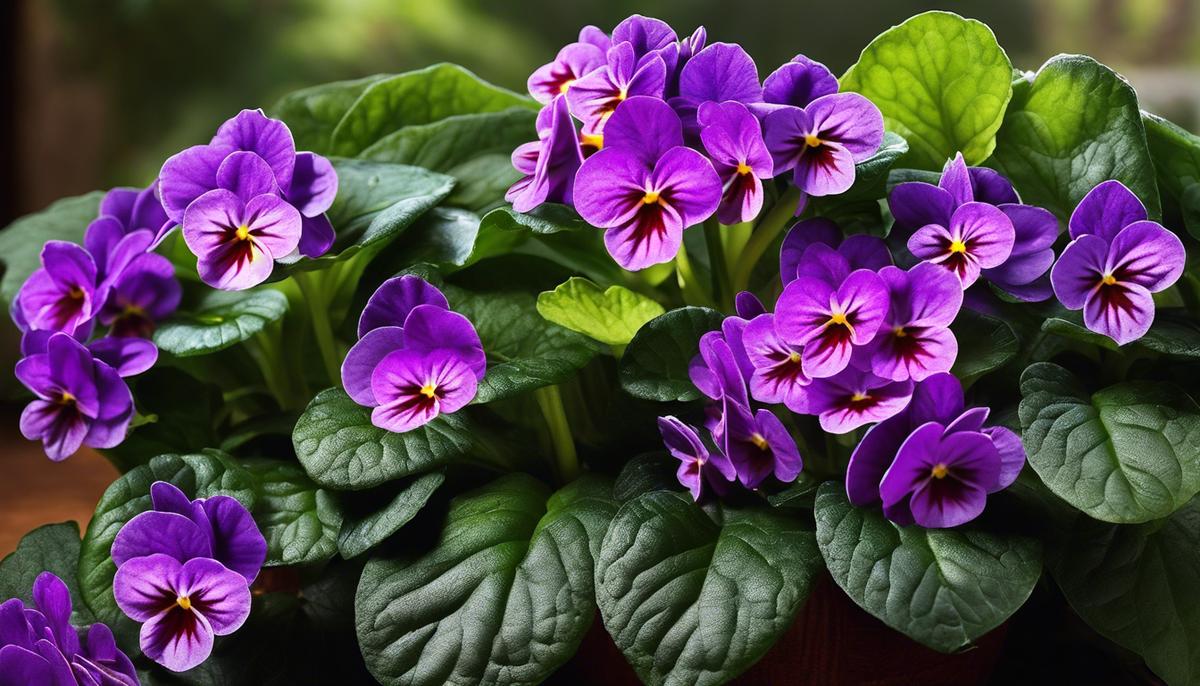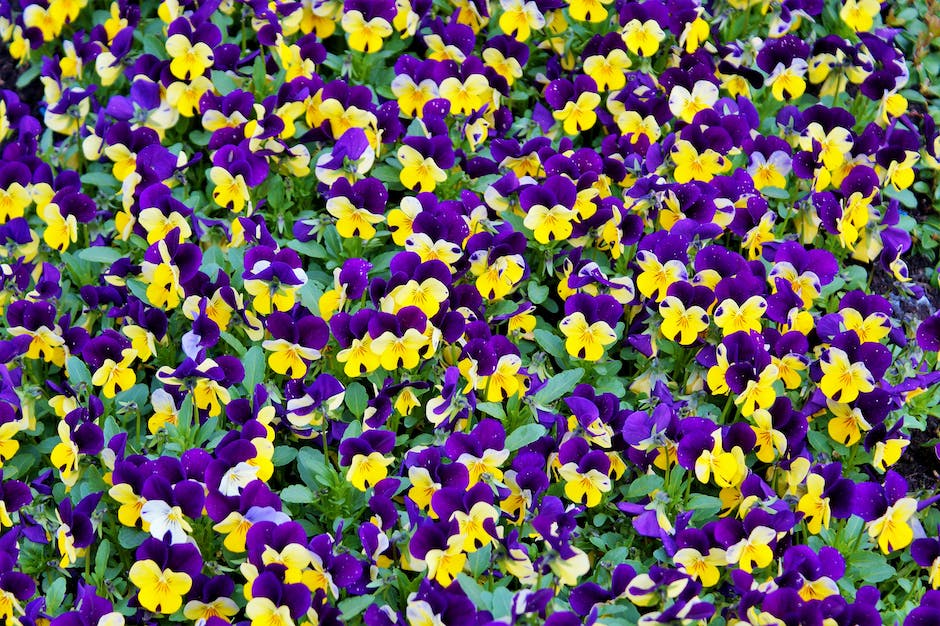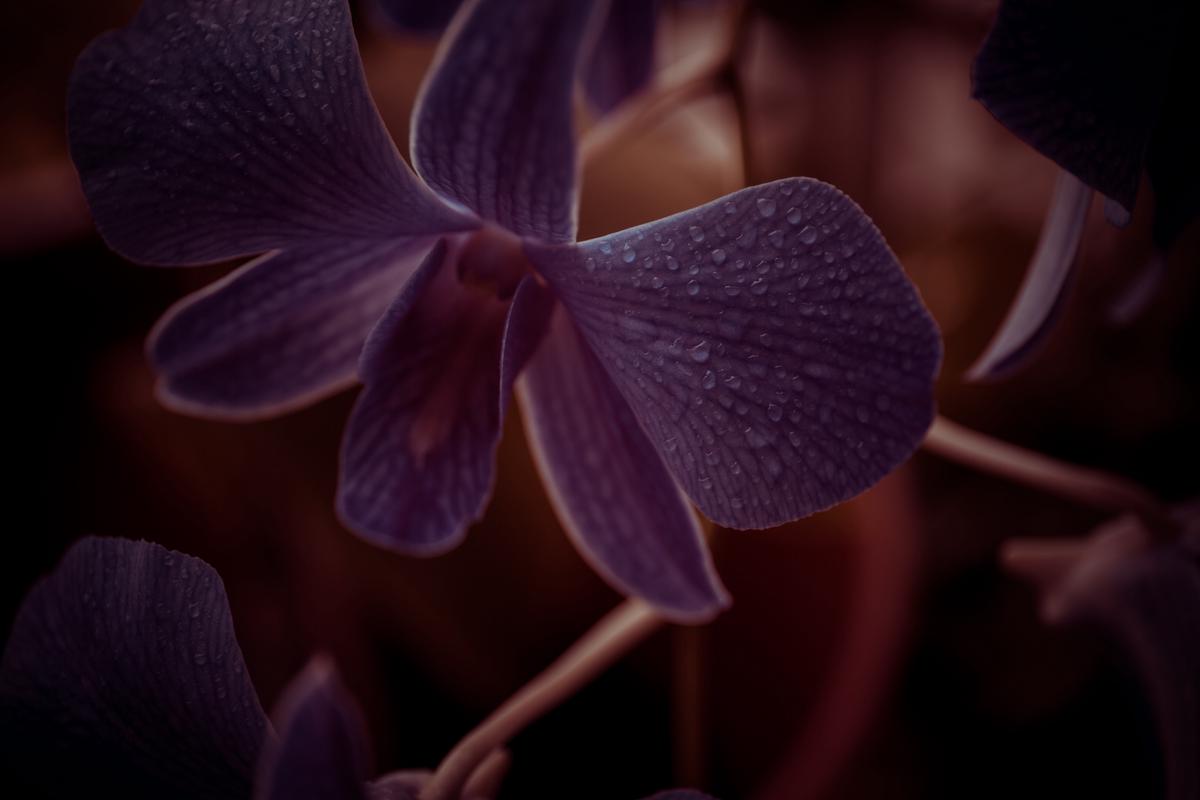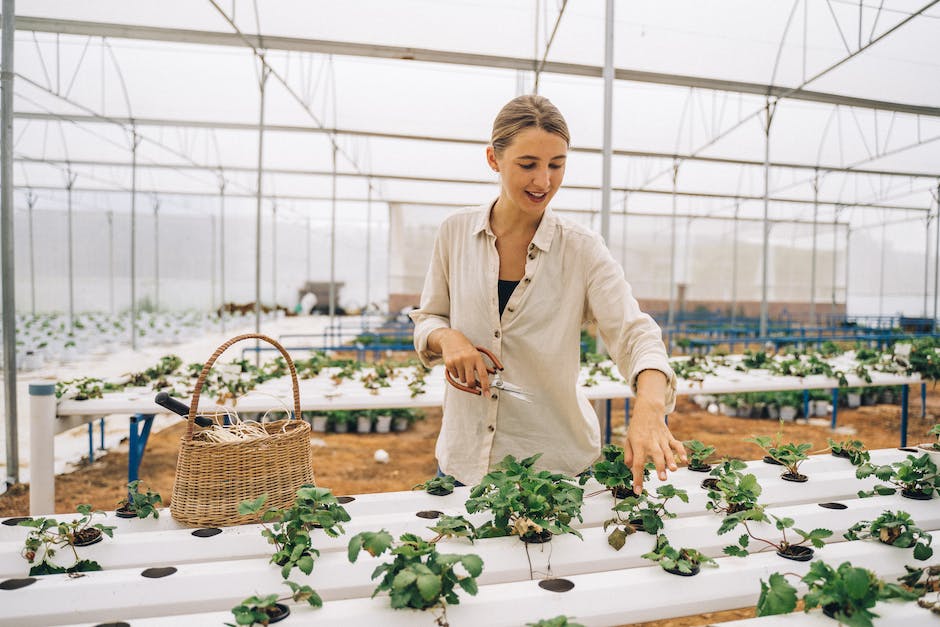Bloom Bright: Guide to African Violets

Growing African violets is a rewarding pursuit, bringing brightness and life into any home with their vibrant colors. Cultivating these tropically native flowers to bloom abundantly, however, requires more than just basic plant care knowledge. It demands an understanding of their inherent characteristics and natural environments, including their original habitat, ideal light conditions, and preferred temperature and humidity levels. Furthermore, adequate watering and fertilization methods are pivotal for African violets to truly flourish and display their stunning hues. Lastly, ways to maintain the plant’s overall wellbeing through appropriate pruning and efficient pest control strategies ensure the energy of the plant is well directed towards growth and blooming.
Understanding African Violets’ Natural Environment
Your Guide to Blooming Success: Key Conditions for African Violets
Growing African violets into a stunning spectacle of delicate blooms is not just a hobby; it’s a sweet obsession for many! A mastery of a few simple and strong practices can always guarantee an unbelievable and unstoppable bloom! So, fret not fellow plant enthusiasts, the key to unlocking an ocean of violet blossoms is within everyone’s reach!
Humidity
Achieving optimal humidity is a critical first step towards a fruitful bloom of African violets. These vibrant plants find their origin in misty and humid Tanzania, thus they crave an environment that mimics such climatic conditions. A relative humidity of about 40-60% is excellent! It’s easy to create such conditions by setting up a pebble tray underneath the plant filled with water. Remember, direct watering can be damaging. It’s the moisture from the evaporating water that creates the desired humidity!
Lighting
It’s time to let our African violets bask in soft and indirect light! Yes, these small wonders do not demand brilliant rays to push their blooming ambitions. Rather, filtered or indirect light that bathes the plant for about 10-14 hours a day works magic for the blooms. East or north-facing windows usually offer the best lighting conditions.
Temperature
Each plant species has a key to its heart. For African violets, it’s consistency in temperature. An ideal range is 65-75 degrees Fahrenheit during the day and slightly lower during the night. Steady, even temperatures create the perfect conditions to stimulate blooming. Remember, these plants are not a fan of chilly drafts or extreme heat, so place them away from doors or windows to avoid fluctuating conditions.
Watering
It’s a myth that African violets fancy their feet wet. The reality is, they cherish water at room temperature, preferably not touching their leaves. Always water from below, allow the plant to soak up the necessary moisture, and then drain off the residual. A practical tip here: they appreciate watering when the soil feels dry to touch.
Feeding
Despite being lavish in blooms, African violets have modest feeding habits. A balanced feed with equal parts Nitrogen, Phosphorus, and Potassium, generally marked as 20:20:20 on fertilizers, works best. But crucial to note here is that African violets can’t stand strong fertilizers, so dilution is advised. Feed them just once or twice a month and you will witness riotous blooms gracing the plant!
Reviving the spectacular bloom of African violets is no Herculean task. All it requires is a little attention to detail, armed with the right knowledge! It is indeed a fulfilling journey to see your diligent efforts convert into breathtaking blossoms. Happy Blooming!

Proper Watering and Fertilization
African violets, undoubtedly, have the reputation of adding a wonderful splash of color in any indoor environment. As colorful and vibrant as they are, they require special attention and expert care to flourish to their fullest potential, particularly when it comes to their watering and fertilizing routine.
Starting with the watering, it is an important key factor that dictates the health and vibrancy of your African violets. Unlike some indoor plants, these delicate blossoms do not appreciate being drenched in a bathwater of H2O. Instead, they thrive when they receive water at their roots. This provides a steady stream of hydration without the risk of excessive wetness. Plan to water your African violets once a week, but pay attention to the plant and adjust your schedule as needed. Signs of dehydration, like wilting leaves, should prompt you to water a bit more frequently. If the leaves begin to turn yellow, it could be a sign that the plant is being overwatered, in which case you should cut back.
When you water your African violets, use room-temperature water. Cold water can shock the plant, while hot water can cause damage, so aim for that just right middle ground. Also, remember to avoid getting the leaves wet whenever possible. Water droplets can cause unsightly spots on the plant’s foliage.
While watering takes care of the hydration component, fertilization helps provide the nutrients necessary for the growth and overall health of the plant. One interesting fact to note is that African violets bloom according to their own growth cycle, and using proper fertilizer can help stimulate this. A balanced, high-phosphorus fertilizer, usually marked with a higher middle number such as 15-30-15, is ideal for these gems.
Fertilize African violets once every 2-4 weeks, depending on how much the plant is growing. During periods of faster growth or blooming, your African violets may need more frequent fertilizing. Dilute the fertilizer according to the manufacturer’s instructions, and apply it to the soil just as you would water. Remember to fertilize only when the soil is already damp, as applying fertilizer to dry soil can cause harm to the roots.
The only way to truly understand a plant’s desires is to closely observe its reactions. Don’t be disheartened if your African violets seem to be on a slow start, it’s often a learning curve that requires both patience and practice. Just remember to keep an open mind and an observational eye. Build your schedule around your plant’s needs, and you’ll have a beautiful, blooming African violet before you know it!
Now, go forth into the ever-fascinating world of African violets! Each plant is a learning experience—each blossom, testament to your growing skill. Never stop learning, growing, and most importantly, enjoying this breathtaking hobby.

Pruning and Pest Control
Stepping into the realm of pruning and pest control, these two pillars establish strong parameters for the blooming of these captivating plants. African violets, with their lush velvety leaves and vivid blooms, are a sight to behold. But ensuring these vibrant clusters of delight is a task tied to diligent pruning and unfaltering pest control.
Venture into the practice of pruning African violets, and you’ll unearth a world of benefits for these plants. It’s not about stripping away the entirely visible green. Instead, it’s about clearing a path for new leaves to emerge, breathing life into your violet’s blooms. A good pruning session can make all the difference in dividing the plant’s nutrients correctly, enabling healthier flowers to bloom.
The best time to prune African violets is after they have finished a complete blooming cycle. Leaf-pruning should be carried out carefully; remove older, outer leaves using a fine, sharp pair of scissors, allowing the young ones to have more space and light to grow. Not only will this promote more blooms, but it will also help to maintain a compact, symmetrical appearance.
Pest control is the other half of this blooming equation. Tiny pests such as mealybugs, spider mites, and thrips are nemesis to African violets. Even though these plants are quite resistant, a severe infestation can hinder growth and blooming significantly.
Combatting these pests requires a meticulous eye and regular checks. If you spot any pests, isolate your African violet immediately to prevent the spread. Use a cotton swab dipped in rubbing alcohol to gently wipe off these pests. For severe cases, consider a safe, systemic insecticide that benefits indoor plants. Be sure to apply as per the instructions, ensuring the pest control does not harm the plant or impede blooming.
Insecticidal soaps are also an excellent choice for African violets, especially for combating mealybugs and mites. Delicate in nature, they are safe on the plant while tough on the pests. Plus, they’re easy to use and don’t leave any harmful residues on your precious plant.
The journey of nurturing African violets is a rewarding one. With the right pruning and pest control methods, you can easily cement your path towards a blooming spectacle. Enjoy the process, embrace the challenges, and let your African violets’ blossoms be a testament to your care and dedication. Happy gardening, African violet enthusiasts!

Mastering the art of nurturing African violets is indeed a journey of learning and experience. From understanding their native tropics, light preferences, to finding a balance in watering and fertilizing, all contribute fundamentally in sparking the plant’s vibrant blooming capability. Meanwhile, remembering the importance of routine pruning and effective pest control plays a vital role in keeping them healthy, thereby promoting their natural tendency to flower. As novice growers mature into experienced green thumbs, they will be rewarded with the spectacular floral display of well-cared African violets, thus transforming their houses into a home enriched with the beauty of blooming life.



